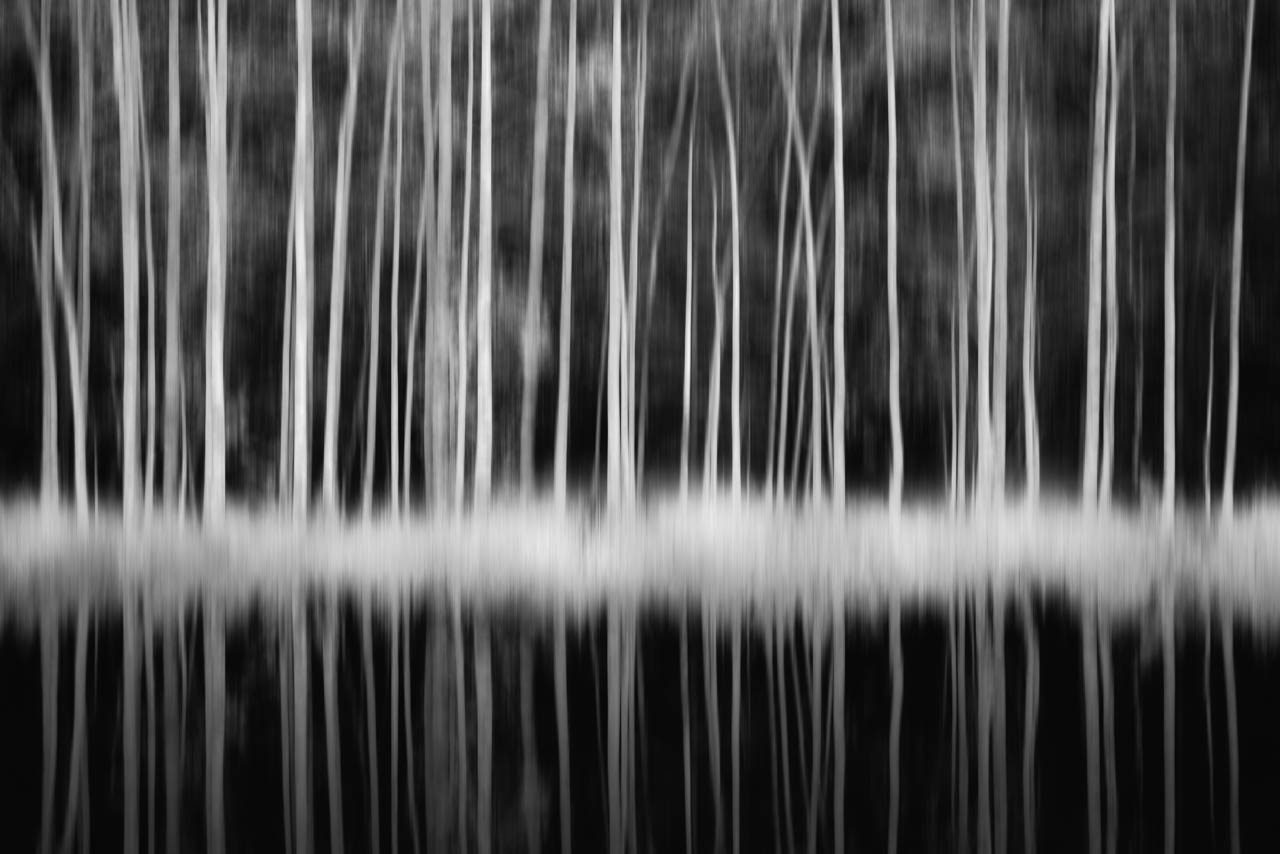
Secrets to Creating a Landscape Photo in Black and White
Mar 01, 2022Colour in landscape photography is a powerful attractant. It can help the photographer execute a compelling story and infuse emotion in a photo. Colour is also comfortable, as most see the world in colour.
However, there’s something timeless and captivating about a black and white image. The absence of colour strips away the complexity within a colour image and forces the viewer to pay attention to other elements within a frame.
Some landscape scenes are spectacular when converted into black and white. But creating a solid black and white image isn't as simple as subtracting colour in post-processing. There are essential elements that a photographer should consider when exploring the potential for a conversion.
Let's look at three secrets to creating a landscape photo in black and white.
1. Light
Light is, of course, the single most crucial element in photography. So it's no surprise that light will play a significant role in creating a successful black and white landscape photo.
Images with a large tonal range will most often convert better than images that are not. What's the tonal range of an image? The tonal range is simply the span of light and dark tones across an image or range of highlights through shadows. Images with deep shadows and bright highlights will often convert well into black and white.
Take a look at the histogram below. You can see from the histogram, which represents the light in the photo below, that there is a reasonable span of intense shadows, mid-tones and highlights.
A sizeable tonal range will help a viewer explore a frame, as brighter areas will attract attention while darker repel and infuse depth and visual dynamism.


ISO 31, 16mm, f10, 1/160 ss
2. Shape
Without colour in a landscape scene, a viewer must be drawn into an image by something else. Shape is compelling in both colour and black and white imagery. However, the element of shape is even more powerful when used with intention in a black and white photo.
Our world is made up of shape. Take a look around you. You'll see shapes everywhere. Rectangles, squares, triangles and circles are the fundamental building blocks of our homes, businesses, and communities. Nature is also filled with building blocks of shape. It's no surprise, then, that even at a glance, a shape can draw a viewer into a photo and hold attention. Strong use of shape is one of the secrets to creating a compelling black and white landscape photo.
Take a look at the image below, which was created using an intentional camera movement effect, thus blurring features in the scene. Due to the ICM effect and the conversion, repetitive shapes in this image create a cohesive and compelling landscape photo.

ISO 100, 150mm, f14, 1/5 sec
3. Texture
Whether smooth or rough or somewhere in between, texture can add depth and interest to a black and white image. Texture can make a black and white image come alive, infusing a touchable feeling.
When seeking out an environment for a black and white conversion, looks for scenes filled with texture. Incorporating a variety of textures into your black and white images will infuse visual attraction and interest and result in a more compelling black and white landscape scene.

ISO 200, 200mm, f9, 1/250 ss
Don't be afraid to experiment with black and white imagery in your landscape photos. The timeless simplicity of this technique will undoubtedly have you creating incredible images.


